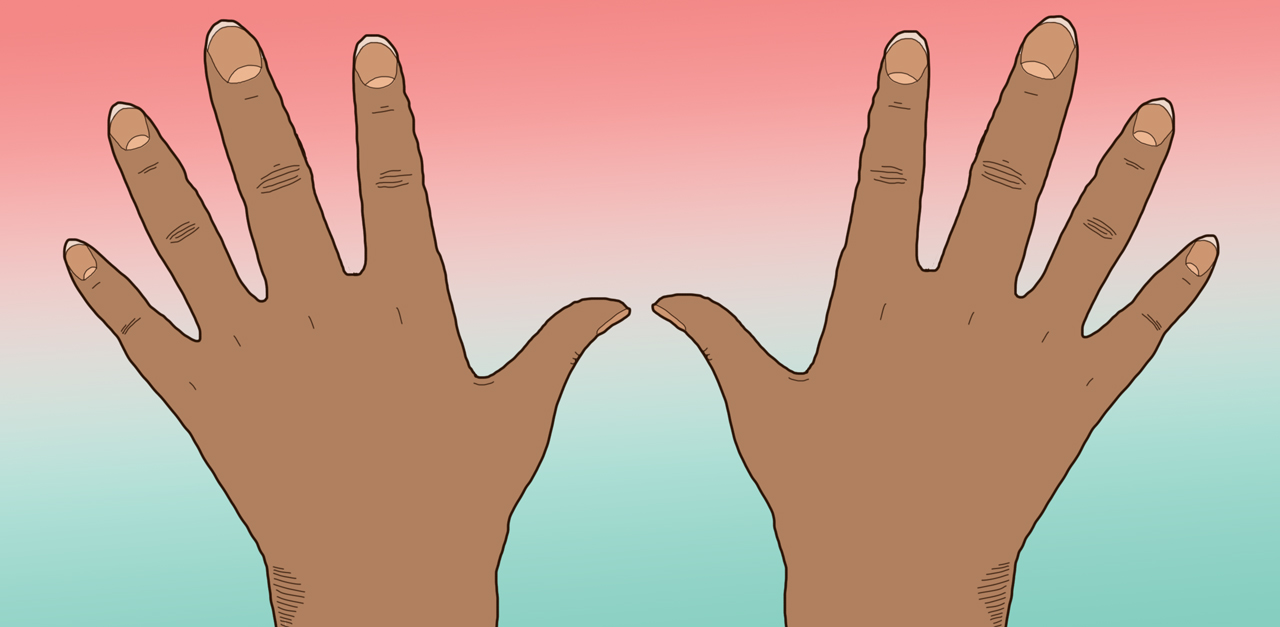
When I was in high school, I painted my fingernails every single week without fail.
I loved trying out different colors and designs, and I even bought myself tiny nail polish pens to decorate my fingers with words, flowers, and anything else I could think of.
My obsession continued throughout college. During my weekly at-home nail sessions, I constantly noticed new things about my fingernails.
I was fascinated by details like how quickly they grew, which nails were different shapes, and how they turned a strange yellow color once in a while. The yellowing was alarming at first, but after some research I realized that it was just because I hadn't been using a clear base coat under my nail polish.
Although my nail discoloration was just caused by nail polish, I started wondering what our nails say about our health.
It turns out that fingernails can reveal a lot about your overall health. Read below to find out more!
Photo: Laura Caseley for LittleThings; Wikimedia / Splarka
#1: Nail Pitting
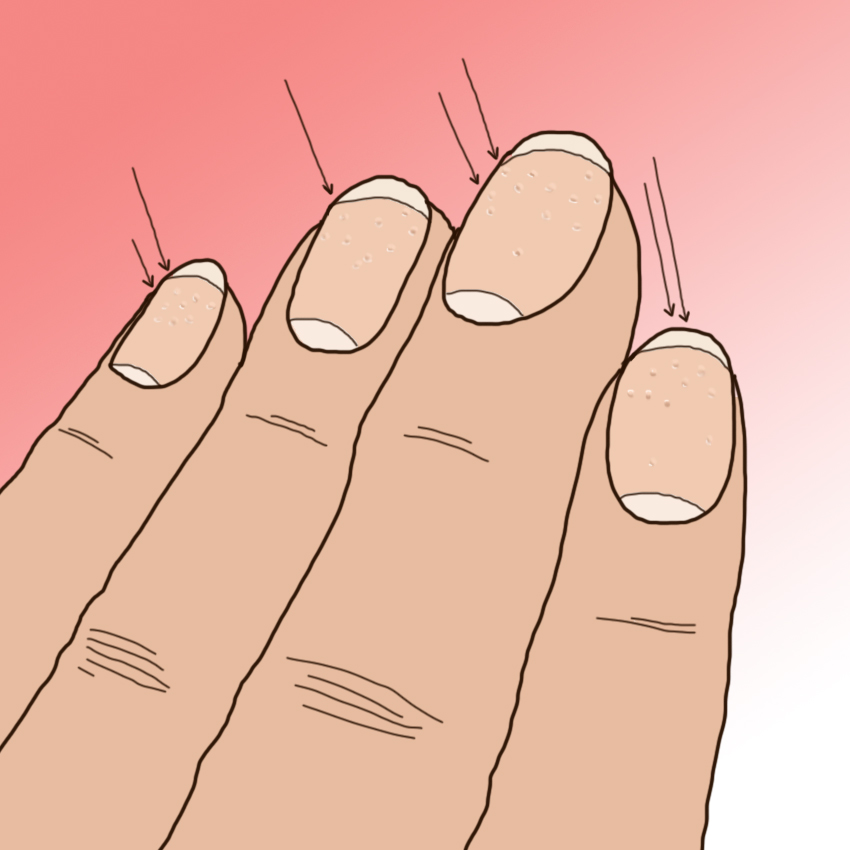
If you've ever found little indents or depressions in your nails, it could be nail pitting.
Nail pitting is often caused by psoriasis and psoriatic arthritis, but it can also be a sign of something more serious, like connective tissue disorders and certain autoimmune diseases.
#2: Nail Clubbing
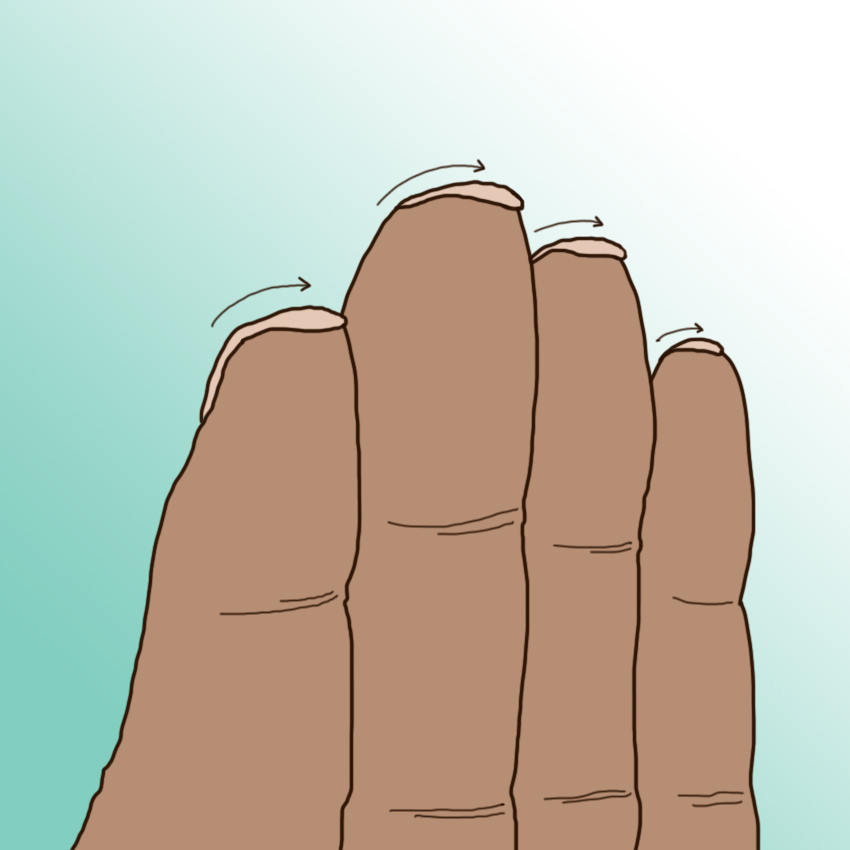
According to the Mayo Clinic, "Nail clubbing occurs when the tips of the fingers enlarge and the nails curve around the fingertips, usually over the course of years."
Nail clubbing is associated with a variety of health issues, including lung disease, low blood oxygen, liver disease, inflammatory bowel disease, cardiovascular disease, and AIDS.
#3: Spoon Nails
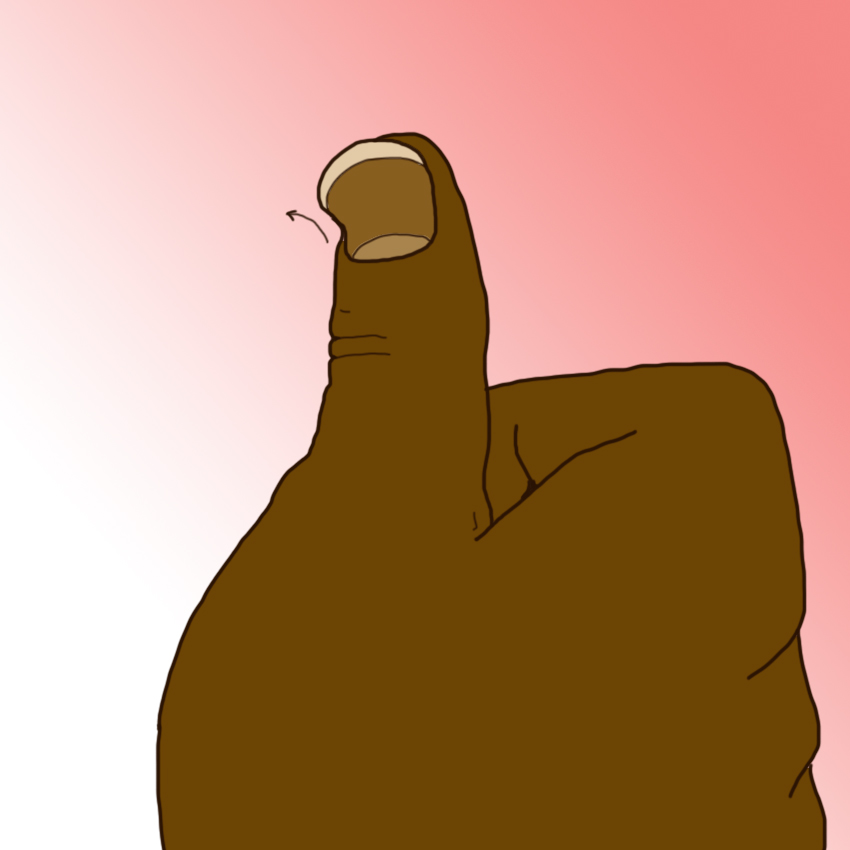
The official term for spoon nails is koilonychia, which is a nail disease.
Spoon nails are typically a sign of iron-deficient anemia or hemochromatosis, a liver condition in which your body absorbs too much iron.
Nails that are inverted and look scooped out can also be a sign of hypothyroidism or heart disease.
#4: Grooved Nails
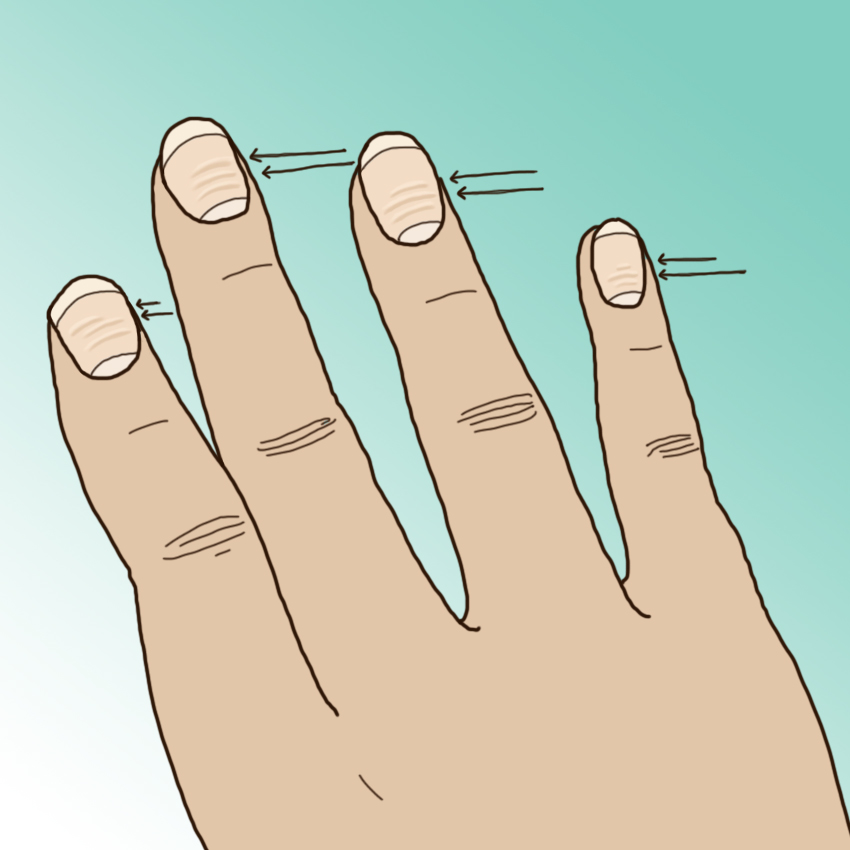
If you have deep horizontal grooves in your nails, also called Beau's lines, it could be a sign of injury or severe illness.
According to the Mayo Clinic, "Conditions associated with Beau's lines include uncontrolled diabetes and peripheral vascular disease, as well as illnesses associated with a high fever, such as scarlet fever, measles, mumps and pneumonia."
#5: White-Lined Nails

If there are white streaks or spots in your nails, it's probably nothing to worry about, as this is pretty normal.
Parallel white lines that run all the way across your nails are something to worry about, though. These lines, called Muehrcke's lines, can be a sign of low protein levels in the blood. Often, Meuhrcke's lines are caused by liver disease or malnutrition.
#6: Dark Grooved Nails

Usually, dark stripes that run down the nails are nothing to worry about (especially for black people ages 20 and up).
That said, these dark stripes shouldn't be ignored, because it's possible they're a type of skin cancer known as subungual melanoma.
Subungual melanoma typically affects one nail, and the appearance of the dark stripe may change over time.
#7: Red Streaked Nails
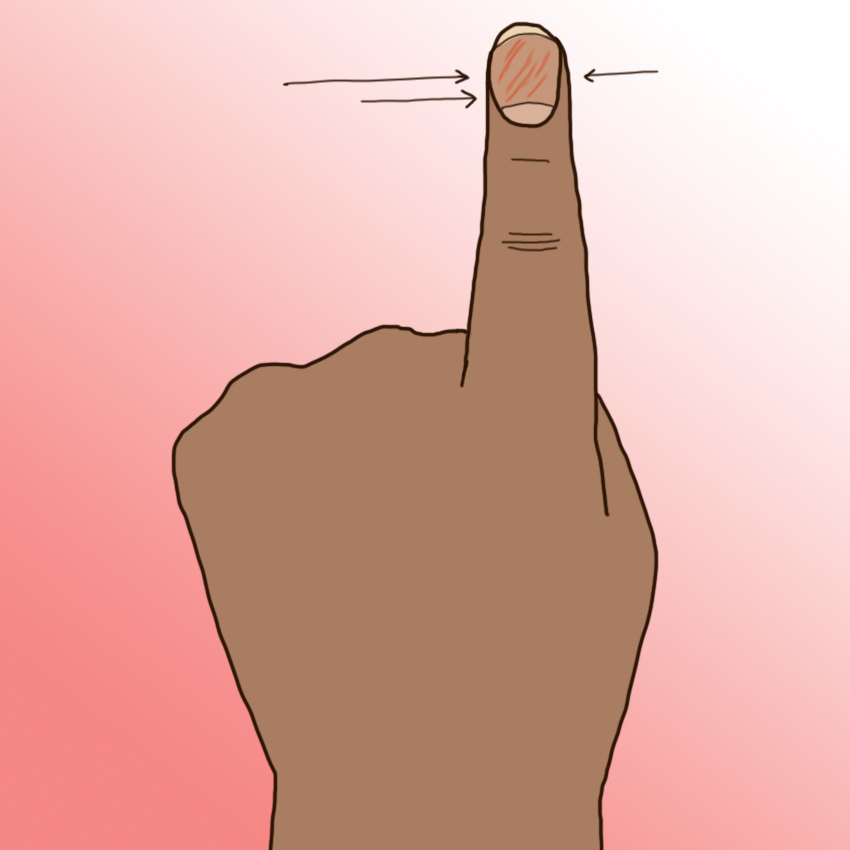
Red or brown streaks in the nail bed aren't unusual, and they're usually splinter hemorrhages, which are caused by damaged blood vessels.
If you just have a few, it's probably just the result of a minor injury to the nail.
If there are a lot of red and brown streaks that affect multiple nails, though, it could be a sign of psoriasis, lupus, endocarditis, or other serious issues.
#8: Thickened Nails
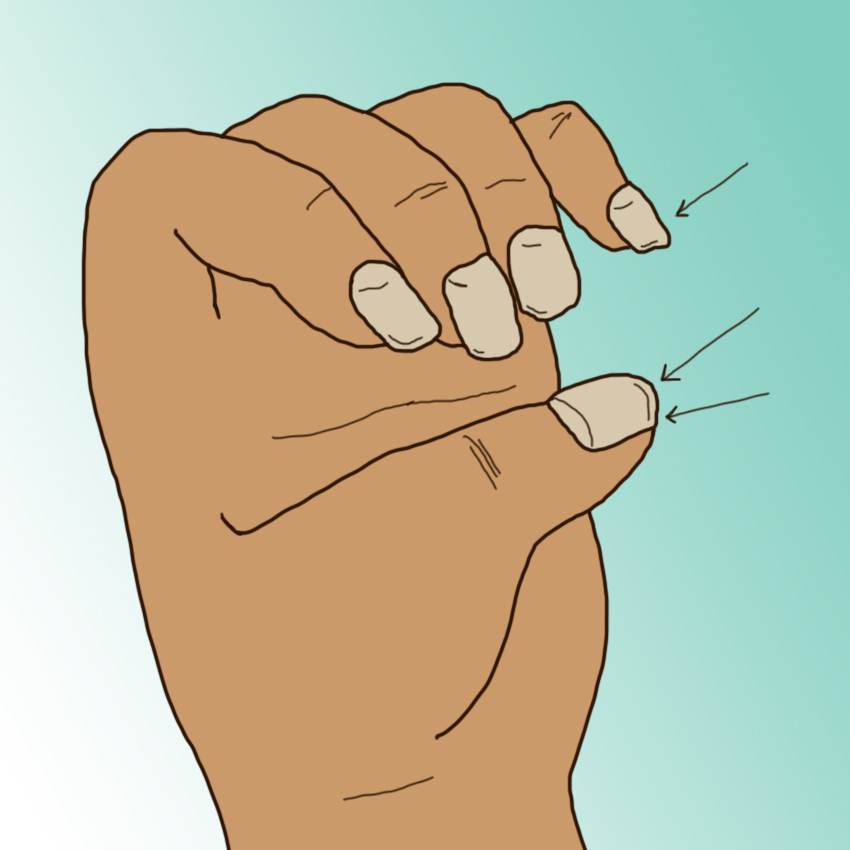
Thickened nails are often caused by a fungal infection, which can also cause them to become discolored or crumbly. If this is the case, it's usually easily treatable.
Nails that are thicker than normal can also be caused by other conditions, like psoriasis or reactive arthritis.
#9: Brittle Nails
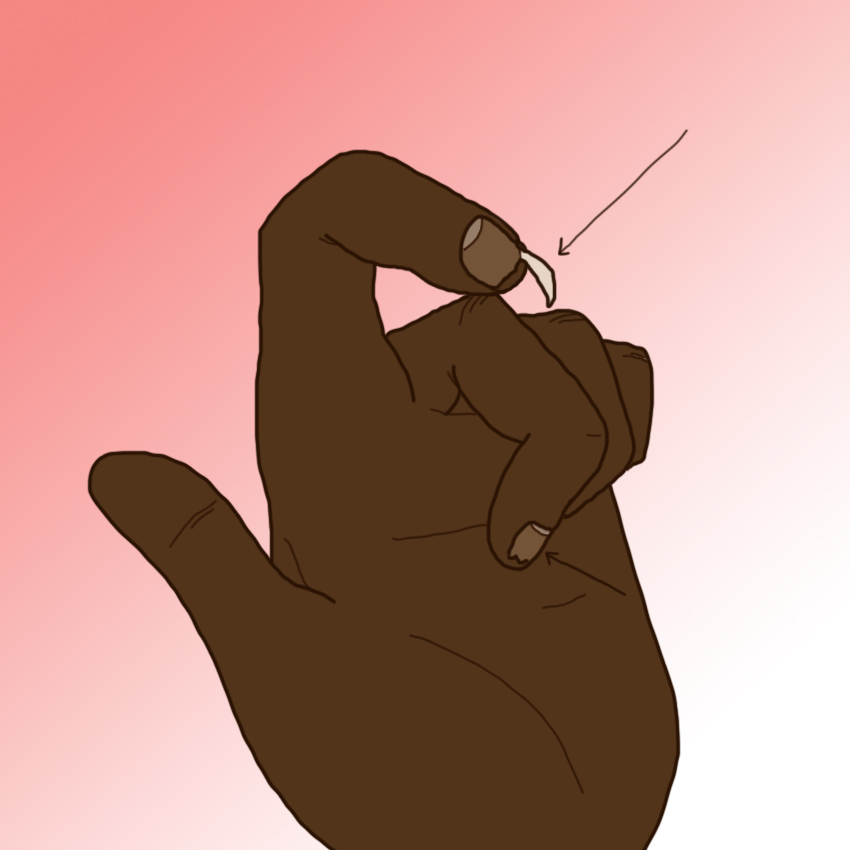
If your nails become brittle or crumbly, it might just be a sign of aging or long-term exposure to chemicals or water.
Once in a while, though, brittle/crumbly nails are caused by something more serious, like a fungal nail infection, nail psoriasis, thyroid problems, or lichen planus.
#10: Discolored Nails

Discolored nails are commonly caused by nail psoriasis or fungal nail infections, but they may be a sign of another condition.
Brown nails can indicate pregnancy, thyroid disease, or malnutrition.
Yellow nails could be a symptom of lymphedema, bronchiectasis, jaundice, chronic paronychia, tuberculosis, thyroid inflammation, sinusitis, or certain medications.
Gray nails may be caused by certain medications.
Green-black nails may be a sign of a bacterial overgrowth known as pseudomonas.
If you think you may have any of these nail conditions, speak to your doctor about diagnosis and treatment options.
Please SHARE this article with your friends if you think everyone should know more about their fingernails!




